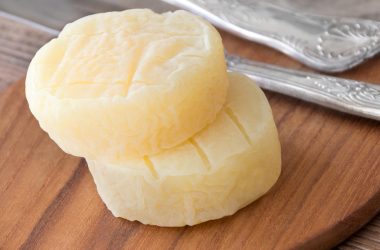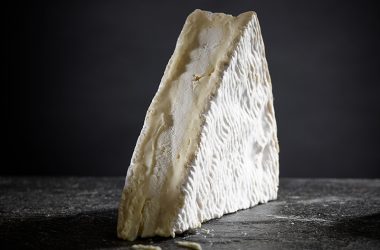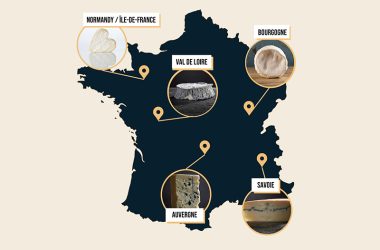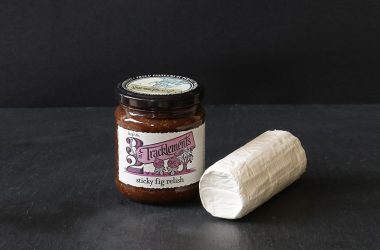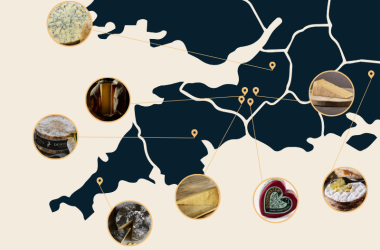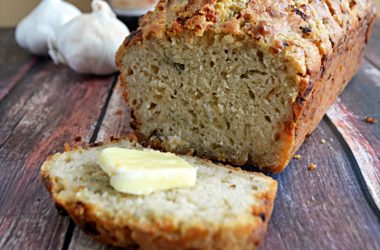A Tour of German Cheese
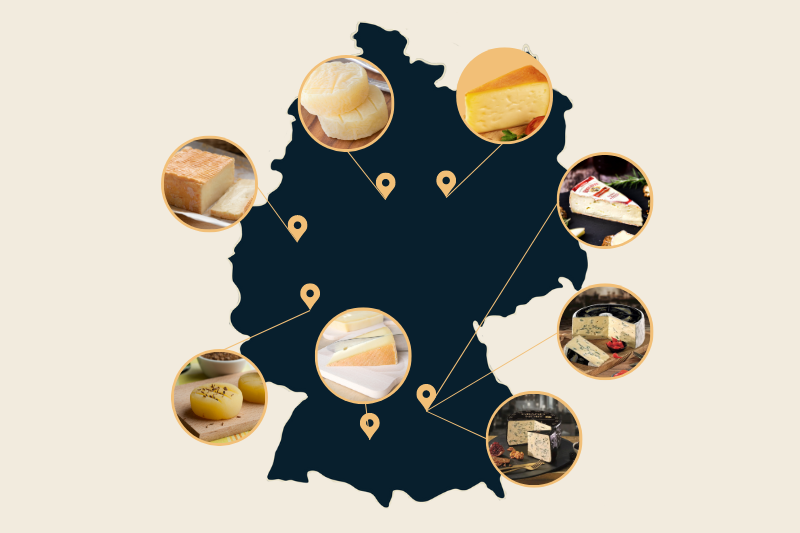
Our European cheese tour is back! We’re travelling further east, with a tour of German cheese as our first stop. Join us as we explore ‘foot odour’ smelling washed-rind cheese, melt-in-your-mouth blues, sour milk cheese and a delicacy that is infested with mites…
Limburger
The Duchy of Limburg is a historical area that covers Germany, Belgium and Netherlands. Since the 15th century a pungent washed-rind cheese has been made in this region. In Belgium it’s more commonly known as Herve cheese, and in Netherlands it’s called ‘Rommedoe’, but it is the German’s ‘Limburger’ version that we are interested in.
It starts with a raw cow’s milk, from the cattle that graze the hilly region. These hills house ripening cellars carved into the chalky rock, and this is where the cheese takes on a distinct flavour. The pale yellow interior is covered by a glossy red-brown coating that is created by the bacteria that grows during its 3-month aging. It is also sometimes flavoured with local herbs.
In its first month the cheese is firm, almost crumbly, like a feta cheese, but over time the cheese becomes softer, salty and chalky. After a few months it’s creamy and smooth, and at it’s peak ripeness – around 3 months – it produces its notorious smell. Some say it’s similar to foot odour because it’s the same bacteria (Brevibacterium linens) that is responsible for both.
Limburger cheese is a very popular cheese in the region, often served in a rye sandwich with a thick slice of onion and a strong black coffee. In fact it’s culturally famous in Europe, with mentions in pop songs, cartoons, and even featured in Monty Python’s cheese shop sketch – all down to its famously pungent aroma.
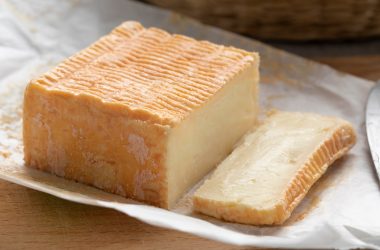
Hessischer Handkäse
As we head further east we reach Frankfurt where a regional sour milk cheese is produced. Handkäse means literally ‘hand cheese’ which reflects the traditional production method of forming it by hand. This gives it a round potato-like shape. The cheese is often served as an appetizer with a German cider or dry white wine, and traditionally topped with sliced onions and caraway seeds. It’s such a local tradition that many restaurants will serve it up as a regular side dish, with caraway seeds always on the table in a little pot, as well as a flask of vinegar and oil.
The cheese is sometimes referred to as German musical cheese or “Handkäse mit Musik” – some say the origin of this is from the sound of the pots of spice and oils that ding as they hit each other, others say this is from the flatulence that is cause from the onion being digested alongside…
The cheese is mostly known for its pungent aroma and spicy taste. Depending on the maturity, it can be sweet and lightly aromatic, and later more acidic. From all accounts it’s an acquired taste, but a favourite in the region.
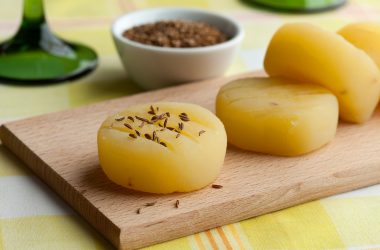
Rougette Bavarian Red
Travelling south from Frankfurt we reach Lauben / Allgäu district in Bavaria. This is home to master cheesemakers Käserei Champignon who produce many interesting cheeses, one of which is Rougette Bavarian Red. This is a brie-style soft, washed-rind cheese that is extremely creamy thanks to its triple cream. It has a hint of paprika added which adds to both flavour and colour. As it’s a looker, it’s a favourite for many regional cheese platters.
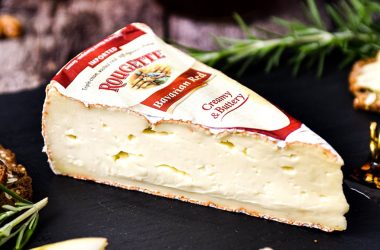
Montagnolo
Käserei Champignon also make a creamy blue cheese called Montagnolo. Again its made with triple cream, but this cheese is allowed to slowly ripen at a low temperature, where it develops a grey crust and marbled blue veining. This offers a tanginess that offsets the creamy rich flavours. It won supreme champion at the 2013 international cheese awards beating nearly 4000 other cheeses, which says it all. What’s surprising is that despite appearances, its taste and texture will remind you more of a Brie than a Roquefort with much less saltiness and acidity than other blues.
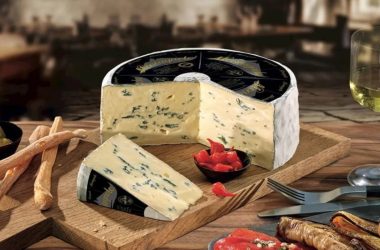
Cambozola Grand Noir
The final jewel in Käserei Champignon’s crown is Cambozola Grand Noir – a fine blue, super creamy soft cheese. So creamy in fact that it melts in the mouth instantly. It is aged in a black wax which locks in all the flavour whilst locking out the elements, and like a fine wine it’s left to age naturally. This offers a full bodied flavour which is both creamy and sharp.

Bavarian Bergkäse
Remaining in Barvaria, we travel further into the Allgäu Mountains for a taste of a hard, nutty cheese called Bergkäse. Bergkäse literally means ‘mountain cheese’, with the cattle grazing on the German Alps and the cheese made in Alpine dairies. It is often hard and smooth and has a natural rind, as you would expect from an Alpine cheese. What makes this special is that it uses raw, silage-free milk from high-altitude cattle, that graze on meadows full of herbs. This creates a special spicy flavour which is intensified as the cheese dehydrates over a minimum of four months. It’s the German’s answer to Gruyere.
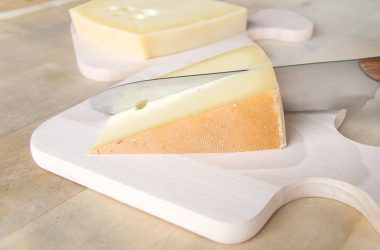
Milbenkäse
Next we travel north, to the Saxony and Thuringia regions for a very unique cheese that has us wriggling in our chair. For those who know German, you’ll wonder why Milbenkäse translates to Mite Cheese. This is because the cheese is intentionally infested with mites during the ripening process.
It is made with balls of quark, flavoured with caraway and salt and then left to dry in a wooden box containing rye flour and cheese mites, for about three months. The mites feast on the cheese and flour, and excrete digestive juices that contains an enzyme which causes the cheese to ripen. The mites cling to the cheese, so are consumed along with the cheese, adding a ‘zingy’ flavour.
Today it is produced exclusively in the village of Würchwitz. The traditional method of making Milbenkäse was almost lost, with only one elderly villager knowing the technique. She taught a local science teacher and his friend the method, and they brought the cheese back to life in the 1970s. Unlike Casu Marzu this cheese is not illegal, though it has many food safety compliances which means you’d probably need to travel to the area in order to sample it.
Holsteiner Tilsit
In the Baltic region of Germany, we find a cheese with both Russian and Swiss heritage. Holsteiner Tilsit is now made exclusively in Germany with a PDO status but was manufactured in Switzerland until the early 1900s. It was created during the mid 1800s by Prussian-Swiss settlers who’s cheese plant was established in a town formally called Tilsit.
The family found that the same ingredients to make the cheese were not available in the area, so they adapted it. The different moulds, yeasts and bacteria in the humid climate also changed the cheese, and as a result Holsteiner Tilsit was born. An intense full-flavoured semi-hard cheese with a dark yellow rind, with holes and cracks running through. The firm texture allows it to be cubed and added to salads, and as is often the way with German cheese, it’s flavoured with caraway seeds as well as peppercorn which creates a specific aroma and distinctive flavour.
Harzer
We finish our German tour with Harzer – a famously strong and tangy cheese that originates in the Harz mountain region. Made from soured milk, low-fat curds and flavoured with caraway, the cheese is quite distinctive. It’s formed into small round shapes by hand and allowed to mature for several weeks. A strong tangy flavour develops with time, and the cheese has a crumbly and firm texture. It is extremely high in protein and has very little fat so it’s often cited in special diets. The locals eat it cold with lard bread, mustard and gherkins.
